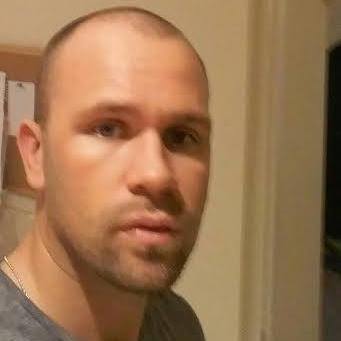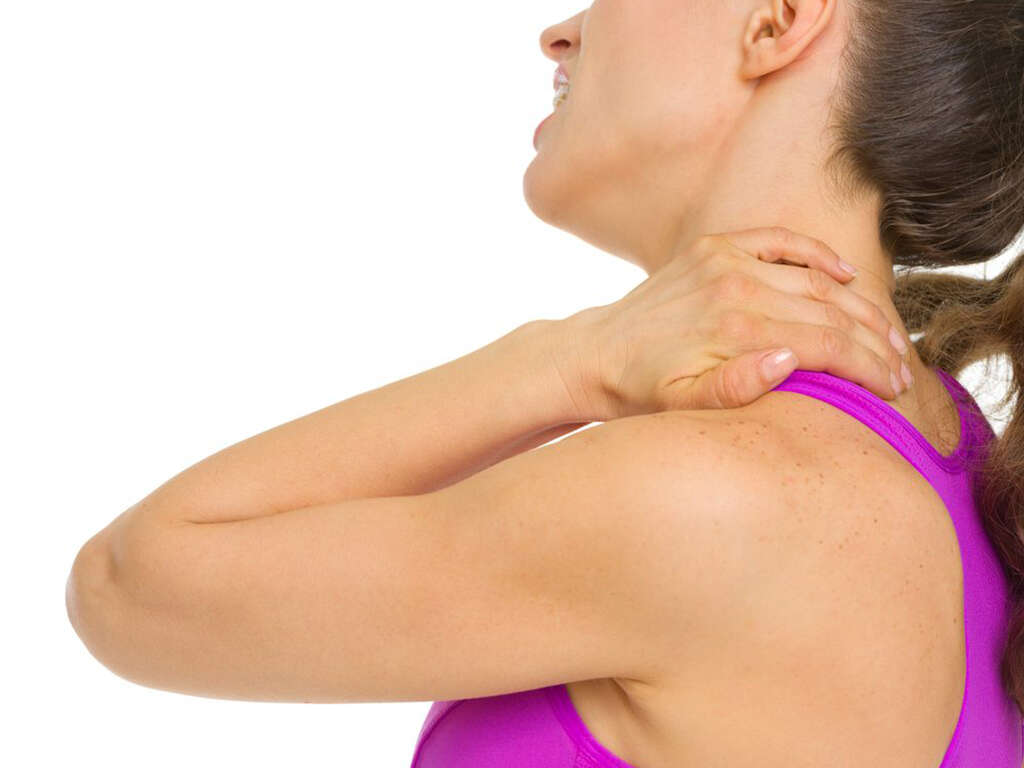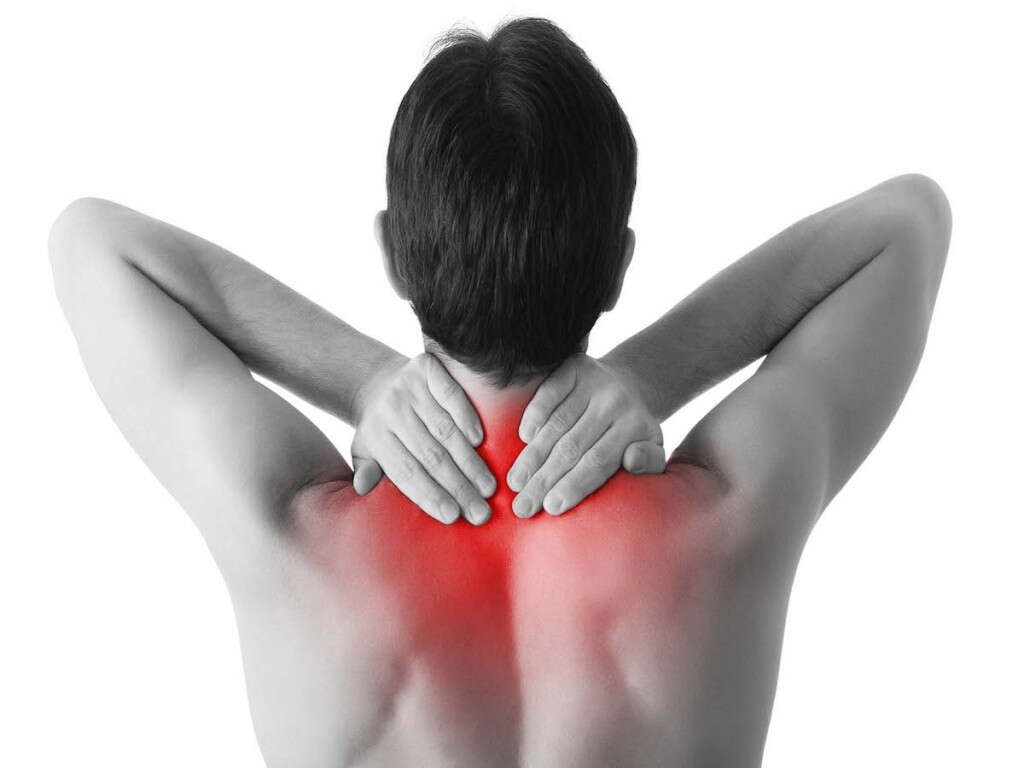Shoulder Pain Causes, Remedies & More
 Article Sources
Article Sources
- 1. M;, Schwarzkopf R;Oron A;Loebenberg. '[Shoulder Pain: Assessment, Diagnosis and Treatment of Common Problems].' _Harefuah_, U.S. National Library of Medicine, pubmed.ncbi.nlm.nih.gov/18300628/.
- 2. Publishing, Harvard Health. 'What to Do about Rotator Cuff Tendinitis.' _Harvard Health_, www.health.harvard.edu/pain/what to do about rotator cuff tendinitis.
- 3. 'Rotator Cuff Tears: Frequently Asked Questions - OrthoInfo - AAOS.' _OrthoInfo_, orthoinfo.aaos.org/en/diseases--conditions/rotator-cuff-tears-frequently-asked-questions/.
- 4. 'Repair of Rotator Cuff Tears.' _Patient Resources_, orthop.washington.edu/patient-care/articles/shoulder/repair-of-rotator-cuff-tears.html.
- 5. 'Frozen Shoulder.' _Mayo Clinic_, Mayo Foundation for Medical Education and Research, 1 Aug. 2020, www.mayoclinic.org/diseases-conditions/frozen-shoulder/symptoms-causes/syc-20372684.
- 6. 'Shoulder Arthritis: An Overview.' _Hospital for Special Surgery_, www.hss.edu/conditions shoulder-arthritis-overview.asp.
Shoulder pain is a common medical complaint.1M;, Schwarzkopf R;Oron A;Loebenberg. ‘[Shoulder Pain: Assessment, Diagnosis and Treatment of Common Problems].’ Harefuah, U.S. National Library of Medicine, pubmed.ncbi.nlm.nih.gov/18300628/. This part of the body is in constant use and surrounded by vulnerable muscles, tendons and ligaments. Most shoulder pain is from injury to the rotator cuff from sudden falls, lifting heavy objects or overuse.2Publishing, Harvard Health. ‘What to Do about Rotator Cuff Tendinitis.’ Harvard Health, www.health.harvard.edu/pain/what to do about rotator cuff tendinitis. Other conditions that can cause shoulder pain include frozen shoulder and dislocation.
Shoulder pain can be debilitating and seriously affect either sporting activities or day-to-day tasks. Recovery can seem slow, but rest and gradual rehabilitation are frequently successful for managing shoulder pain. Surgery is occasionally required, but advances in technology mean this can often be performed with minimal invasion.
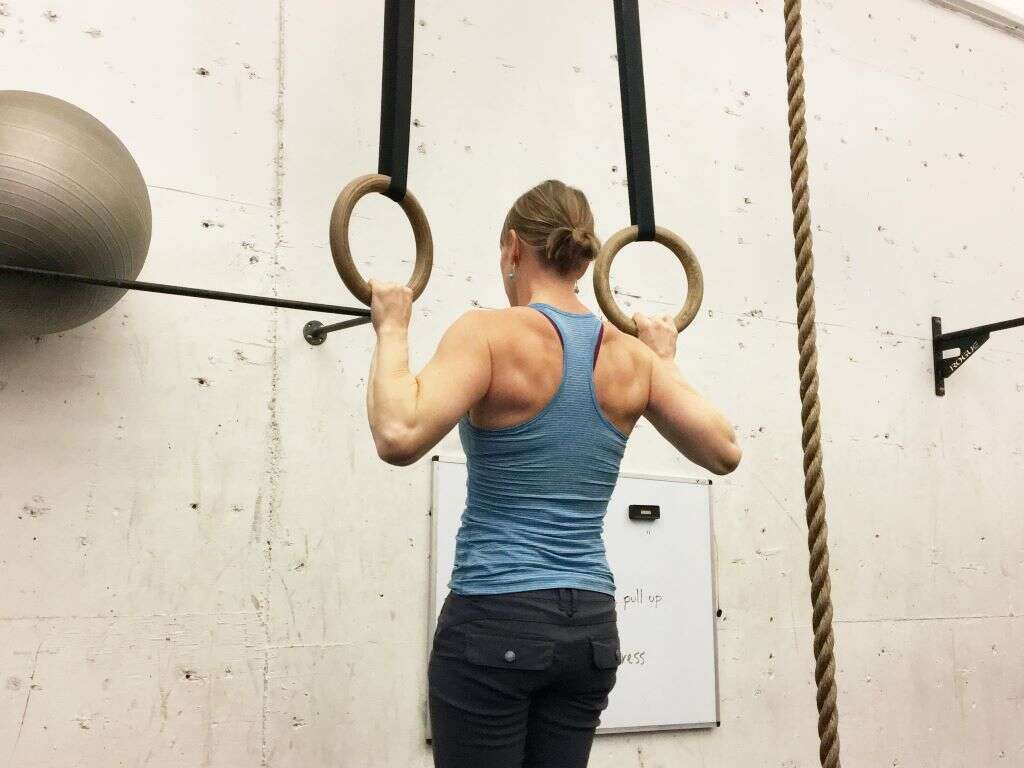
1. Shoulder Pain Symptoms and Causes
Shoulder pain can occur from several causes, like repetitive movements or playing sports. Less often, pain in the shoulder area is caused by conditions affecting the heart or gallbladder.
Shoulder pain is associated with a limited range of motion, muscle pain and sleeping problems, as a significant amount of pressure shifts onto the small shoulder area during rest. The onset of shoulder pain can be sudden or gradual and range from sharp and sudden to dull and aching. Shoulder pain is sometimes but not always accompanied by redness, swelling and tenderness around the joint.

2. Rotator Cuff Tendinitis
The rotator cuff is a group of four small muscles and tendons that link the upper arm to the shoulder blade. These muscles help with lifting and rotating the arm, and when the attached tendons become inflamed the resulting pain makes movement difficult.3‘Rotator Cuff Tears: Frequently Asked Questions - OrthoInfo - AAOS.’ OrthoInfo, orthoinfo.aaos.org/en/diseases–conditions/rotator-cuff-tears-frequently-asked-questions/.
The earliest symptom is usually a dull ache around the front of the shoulder that gets worse when reaching overhead. Lifting the arm to the side can hurt and there may be mobility and strength loss in the affected arm. This inflammation affects athletes and those involved in repetitive tasks.

3. Rotator Cuff Tear
While the rotator cuff muscles and tendons are easily irritated, outright tearing is less common. There are two different types of tear, partial or complete, and both can cause significant shoulder pain.4‘Repair of Rotator Cuff Tears.’ Patient Resources, orthop.washington.edu/patient-care/articles/shoulder/repair-of-rotator-cuff-tears.html. Rotator cuff tears can occur from prolonged wear and tear or sudden trauma, such as a fall or from heavy lifting.
As its name suggests, a partial tear slightly rips a tendon. A complete tear goes all the way through and, in severe cases, pulls the tendon from the bone.

4. Shoulder Impingement
Shoulder impingement is often a complication of previous injuries. The rotator cuff swells when injured, as in cases of tendonitis or tears. Because swelling reduces the amount of space between the rotator cuff muscles and the shoulder bone, it causes the muscles themselves to rub (impinge) on the bone.
Symptoms include sudden, severe pain when lifting the arms overhead or backward. Another sign is pain that radiates from the front of the shoulder to the side of the arm.

5. Frozen Shoulder
Frozen shoulder, medically known as adhesive capsulitis, happens when the tissue surrounding the shoulder joint thickens and contracts. The main symptoms are pain and stiffness that make any shoulder movement difficult, sometimes impossible. The condition usually passes through three phrases: freezing (movement pain and limited mobility), frozen (less pain but more stiffness), and thawing (improved range of motion).5‘Frozen Shoulder.’ Mayo Clinic, Mayo Foundation for Medical Education and Research, 1 Aug. 2020, www.mayoclinic.org/diseases-conditions/frozen-shoulder/symptoms-causes/syc-20372684.
The exact cause of frozen shoulder is unclear. It occurs more in diabetics or those who’ve had immobilized shoulders for an extended period (surgery). Treatment centers on preserving as much mobility as possible.

6. Shoulder Dislocation
A dislocation occurs when the top of the upper arm bone comes out of the shoulder socket. It can result from falls, car accidents or contact during sports. A partial dislocation often slips back into place. However, in total dislocations, the bone moves entirely out of the socket, requiring trained medical treatment.
This involves a procedure called closed reduction, which aligns the upper arm back into the socket. After treatment, the affected shoulder is immobilized, typically in a sling, for several weeks to aid healing. In some cases, surgery is required.

7. Arthritis
Shoulder arthritis results from damage to cartilage, the cushioning material that covers the ends of bones.6‘Shoulder Arthritis: An Overview.’ Hospital for Special Surgery, www.hss.edu/conditions shoulder-arthritis-overview.asp. It causes a deep ache in the back region of the shoulder, which can develop into pronounced stiffness. This condition can be caused from previous injuries that start a degenerative process or wear and tear over time.
Treatment for shoulder arthritis is similar to treatment for rotator cuff tears, including NSAIDs, ice and physical therapy initially. If the pain is severe, shoulder joint surgery may be required.
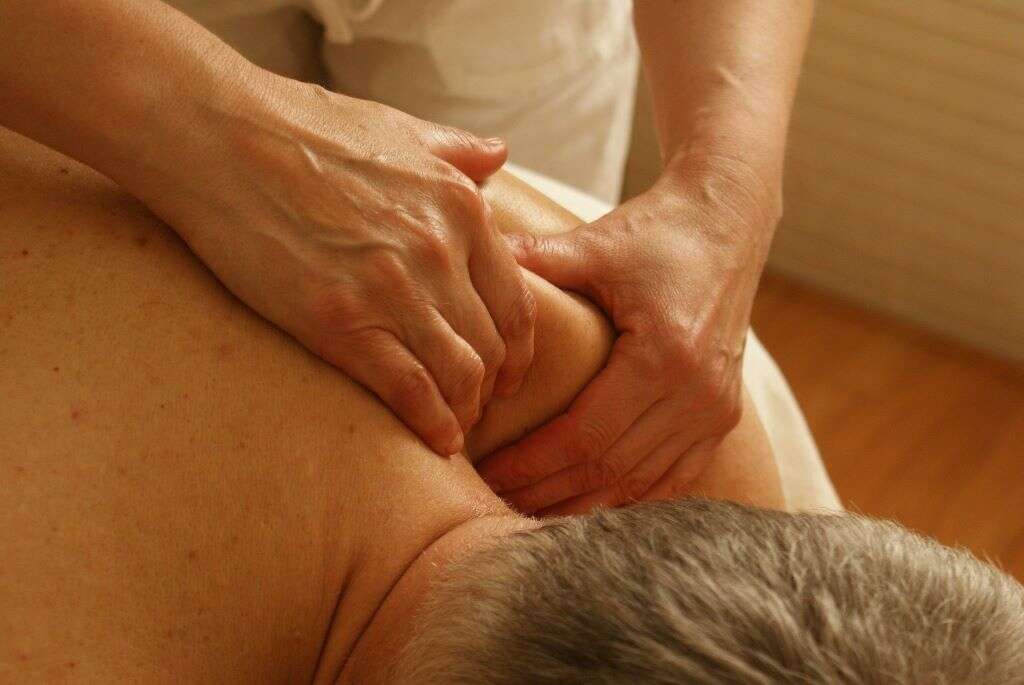
8. Diagnosing Shoulder Pain
The initial diagnosis for most shoulder pain is by physical examination. This includes evaluation of the strength and mobility of the muscles around the shoulder and arms. The clinician will also conduct a thorough medical history to pinpoint the likely cause of the trauma.
An X-ray, ultrasound or MRI scan may be necessary to further identify the source of pain. These methods of diagnosis allow for a detailed assessment of the underlying bones and tissue.
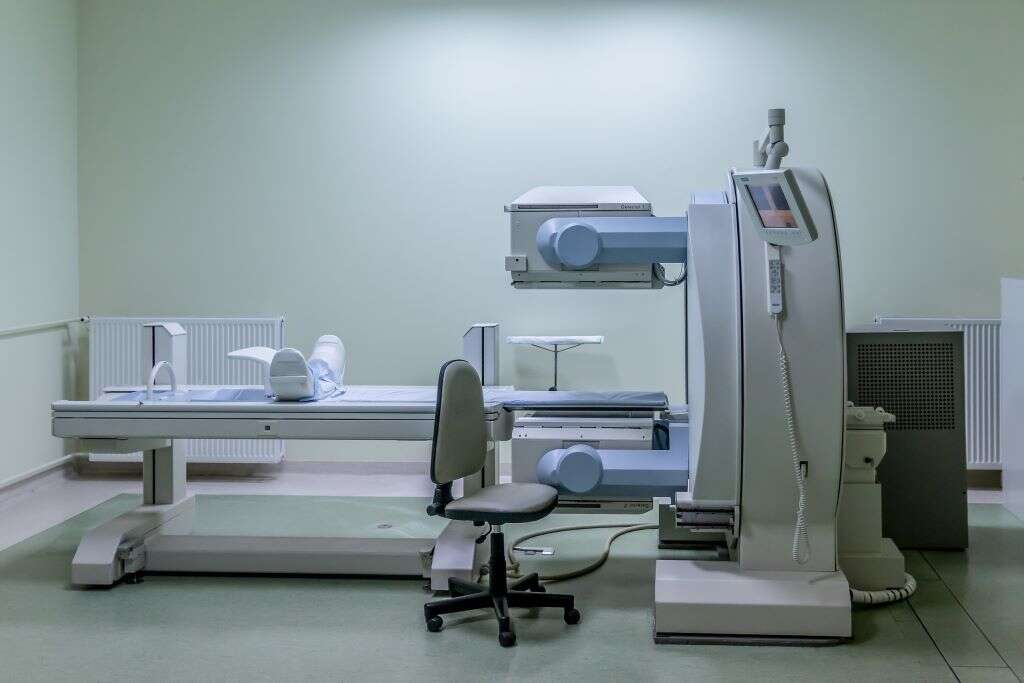
9. Shoulder Pain Rehabilitation
After recovery, the possibility of further injury and pain can be reduced by avoiding repetitive movements, particularly upward arm motion. Stretching the shoulder and upper back may also help. Tightness in this region makes the shoulder work harder to perform everyday activities, such as reaching for objects.
Physical therapy that strengthens the rotator cuff is also usually recommended once the injured area has recovered. The goal of this is to address imbalances that may have contributed to the initial injury.
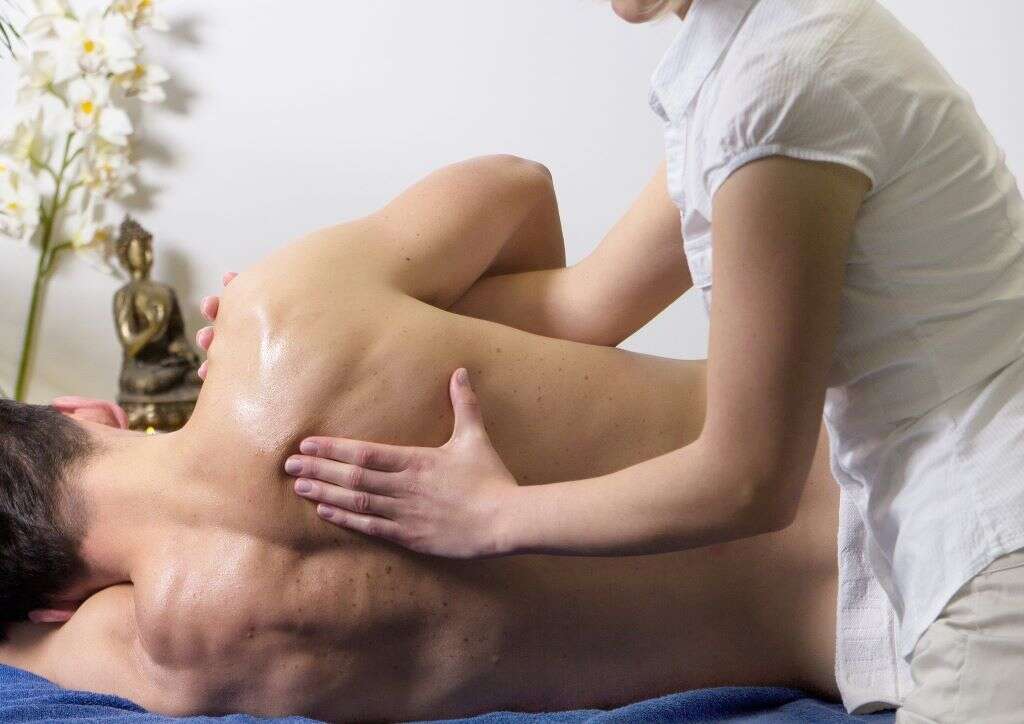
10. Recovery
The recovery time for shoulder pain varies from weeks to several months, depending on the severity of the injury and the underlying cause of shoulder pain. The shoulder region has a relatively low blood supply, so those affected with pain should expect a gradual recovery. However, with rest and rehabilitation, most cases recover without the need for surgery.
A doctor or qualified therapist consultation is advised if shoulder pain continues to affect your daily activities after the initial home treatment or if the pain is severe.


